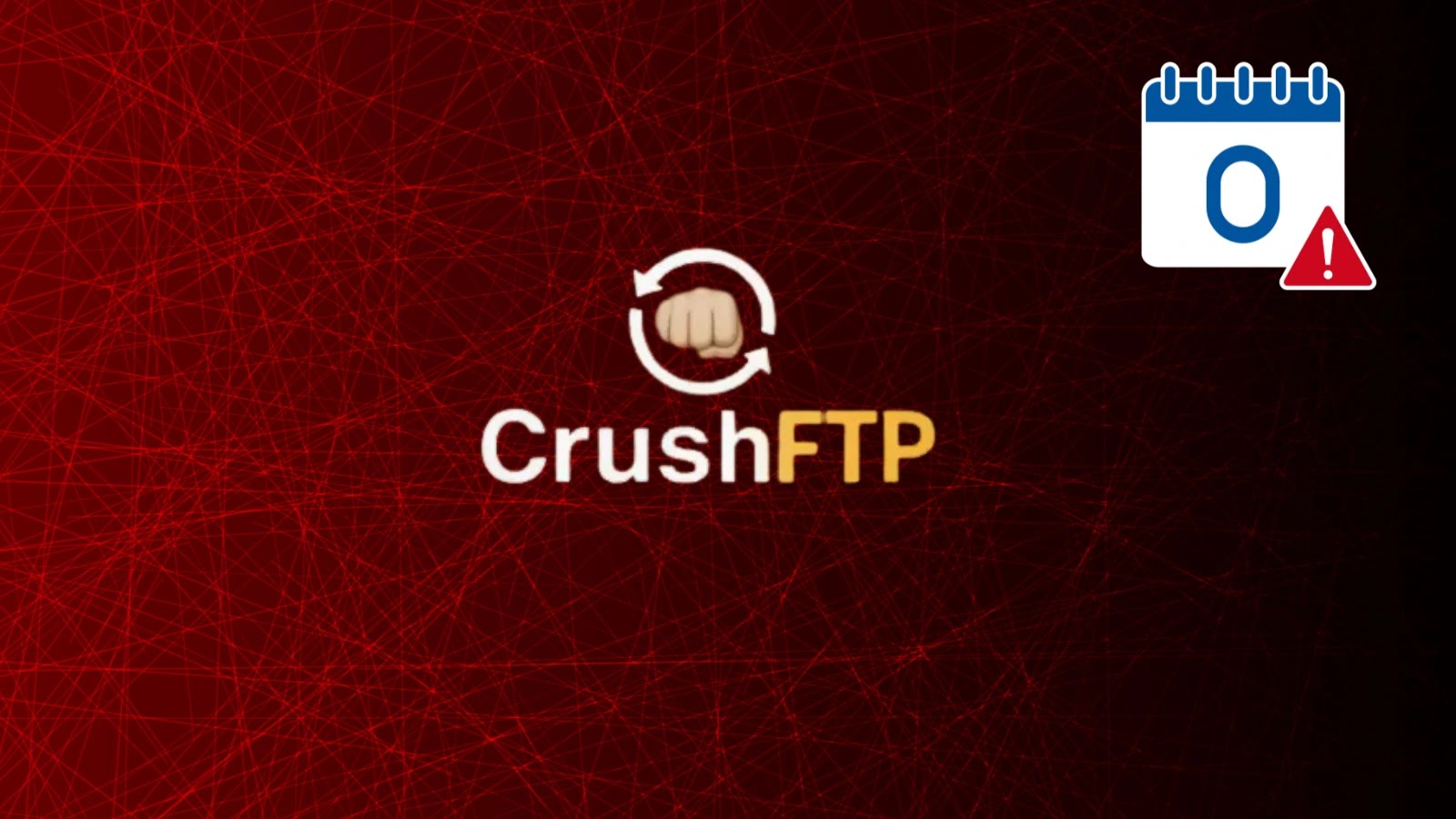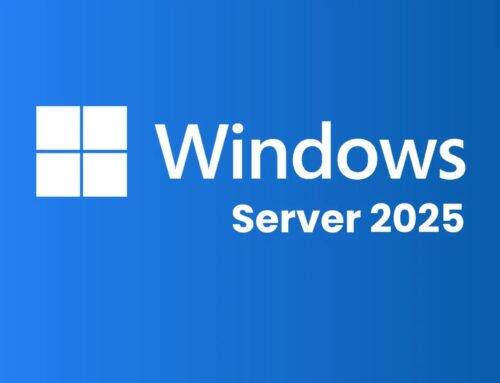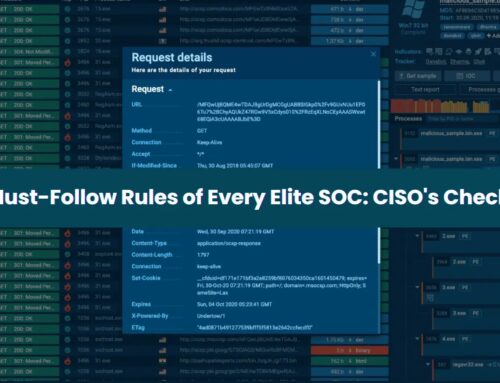
Critical CrushFTP 0-Day RCE Vulnerability Technical Details and PoC Released
Urgent Alert: Critical CrushFTP 0-Day RCE Vulnerability Unleashes Unauthenticated Access
The cybersecurity landscape has been rocked by the disclosure of a severe zero-day vulnerability in CrushFTP, a widely used file transfer protocol (FTP) server. This critical flaw, identified as CVE-2025-54309, permits unauthenticated attackers to achieve complete Remote Code Execution (RCE) on vulnerable servers. With a CVSS score of 9.8, this vulnerability demands immediate attention from IT professionals and security teams managing CrushFTP deployments. Security researchers have already released proof-of-concept (PoC) exploits, increasing the urgency for swift mitigation. This post dives deep into the technical details of this CrushFTP 0-day RCE, its implications, and crucial remediation steps.
Understanding CVE-2025-54309: A Breakdown of Security Checks
The root cause of CVE-2025-54309 lies in a fundamental failure of security checks within CrushFTP’s DMZ proxy configuration. DMZ (Demilitarized Zone) setups are designed to enhance security by segregating internal networks from external ones, allowing controlled access to services like FTP. However, this vulnerability leverages a flaw in how CrushFTP handles certain requests within this critical security boundary. Specifically, the vulnerability allows unauthenticated attackers to bypass intended restrictions and force the server to execute arbitrary code. This bypass of security controls is what elevates the vulnerability to an RCE, granting attackers full control over the compromised server without needing any prior authentication credentials.
The official CVE entry can be found here: CVE-2025-54309.
The Gravity of a 9.8 CVSS Score: Unauthenticated RCE Risk
A CVSS score of 9.8 is exceptionally high, signifying a critical vulnerability with severe potential impact. This score reflects several key factors:
- Attack Vector: Network: The vulnerability can be exploited remotely over a network.
- Attack Complexity: Low: Exploitation requires minimal technical sophistication.
- Privileges Required: None: An attacker does not need any legitimate credentials or prior access.
- User Interaction: None: No user action is required for successful exploitation.
- Impact (Confidentiality, Integrity, Availability): High: A successful exploit grants an attacker complete control, leading to potential data theft, system manipulation, and denial of service.
The combination of unauthenticated access and direct RCE capability makes this an extremely dangerous vulnerability, opening doors for data breaches, malware deployment, and complete system compromise.
Proof-of-Concept (PoC) Exploits: The Immediate Threat
The rapid release of public PoC exploits for CVE-2025-54309 significantly escalates the threat level. Publicly available PoCs simplify the exploitation process, making it accessible to a wider range of malicious actors, including those with limited technical expertise. This means organizations running vulnerable CrushFTP instances face an immediate and active threat from widespread attacks. Attackers will likely leverage these PoCs to scan for and compromise vulnerable servers at scale.
Remediation Actions: Securing Your CrushFTP Servers
Given the critical nature and active exploitation potential of CVE-2025-54309, immediate action is paramount. Here are the crucial steps to secure your CrushFTP deployments:
- Patch Immediately: The most critical step is to apply the security patch released by CrushFTP. Monitor the official CrushFTP website and communication channels for the latest updates and hotfixes addressing this vulnerability.
- Isolate CrushFTP Servers: If immediate patching isn’t possible, isolate CrushFTP servers from direct internet access. Place them behind a robust firewall or Web Application Firewall (WAF) that can inspect and block malicious requests targeting this specific vulnerability.
- Review DMZ Configuration: Thoroughly review your CrushFTP DMZ proxy configuration. Ensure that only absolutely necessary ports and services are open and that all rules are as restrictive as possible.
- Implement Least Privilege: Reinforce the principle of least privilege for the user accounts under which CrushFTP runs. Limit the permissions of these accounts to only what is necessary for the application to function.
- Network Monitoring: Enhance network monitoring for your CrushFTP servers. Look for unusual traffic patterns, unauthorized access attempts, or signs of compromise (e.g., unexpected outbound connections, increased resource utilization).
- Incident Response Plan: Be prepared. Ensure your incident response plan is up-to-date and that your security team is aware of this critical vulnerability.
- Regular Backups: Maintain regular, secure backups of your CrushFTP configuration and data to facilitate recovery in case of a successful attack.
Tools for Detection and Mitigation
Leveraging the right tools can significantly aid in identifying vulnerable systems and fortifying your defenses. Here’s a list of relevant tools:
| Tool Name | Purpose | Link |
|---|---|---|
| Nessus | Vulnerability Scanning, including CVE detection | Tenable.com/Nessus |
| OpenVAS | Open-source Vulnerability Scanning | Greenbone.net/OpenVAS |
| Wireshark | Network Protocol Analyzer for traffic inspection | Wireshark.org |
| ModSecurity | Web Application Firewall (WAF) for HTTP traffic filtering | ModSecurity.org |
| Snort/Suricata | Intrusion Detection/Prevention Systems (IDS/IPS) | Snort.org | Suricata-IDS.org |
Conclusion: A Call for Proactive Security
The discovery of CVE-2025-54309 in CrushFTP underscores the continuous and evolving nature of cyber threats. An unauthenticated RCE vulnerability with readily available PoCs represents an existential risk for organizations relying on this software. Proactive patching, rigorous network segmentation, robust monitoring, and a well-rehearsed incident response plan are non-negotiable in this landscape. Security teams must act with urgency to mitigate this critical vulnerability and safeguard their digital assets against potential compromise.





